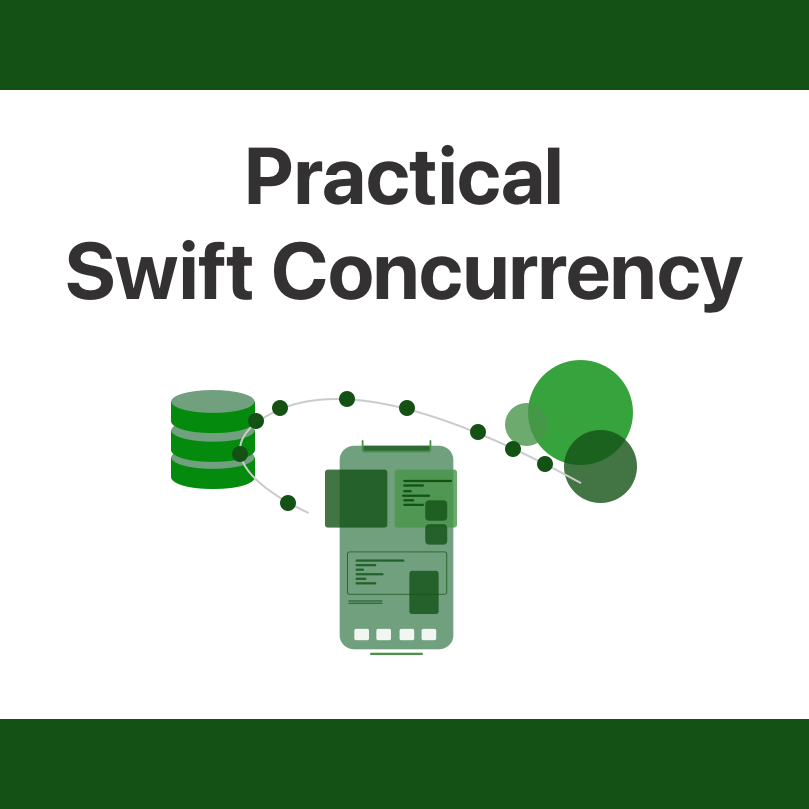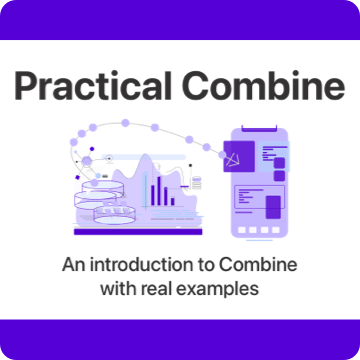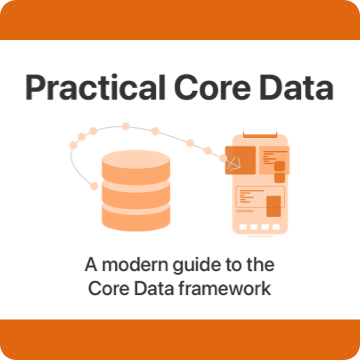Hi, my name is Donny
I'm a curious, passionate iOS Developer from The Netherlands who loves learning and sharing knowledge.
Take a look at my books

Practical Swift Concurrency
Learn everything you need to know to make optimal use of Swift Concurrency in your applications. This book covers everything from awaiting asynchronous method calls to building your own highly concurrent systems. It’s a great introduction for those looking to familiarize themselves with everything Swift Concurrency has to offer.
Buy on Gumroad
Practical Combine
Practical Combine is a book aimed at intermediate to advanced developers who want to learn more about Apple's Combine framework. This book takes you all the way from the basics to building custom Combine publishers using Practical, useful examples that you can start using immediately.
Buy on Gumroad
Practical Core Data
Practical Core Data is for intermediate to advanced developers who want to learn more about Core Data. Whether you're new to Core Data, or tried using it years ago, you'll find that Practical Core Data introduces you to all the essentials to get you up and running with the framework.
Buy on GumroadRecent articles
Jump to a random postHow to decide between a Set and Array in Swift?
May 15, 2024Collections are a key component in any programming language. We often refer to collections as Array or Set but there are several other kinds of collections in programming like String (often a collection of type Character) and ArraySlice (referring to a part of an array). In this post, I’d like to explore two of the most common collection types; Set and Array. We’ll take a look at the key characteristics for each and we’ll explore use cases where we can...
Read more...Swift’s “if” and “switch” expressions explained
May 14, 2024In Swift, we sometimes want to assign a property based on whether a certain condition is true or false, or maybe based on the value of an enum. To do this, we can either make a variable with a default value that we change after checking our condition or we define a let without a value so we can assign a value based on our conditions. Alternatively, you might have used a ternary expression for simple assignments based on a...
Read more...What are enums in Swift?
May 8, 2024Swift comes with types of objects that we can use to write type declarations. They all have their own distinct features, upsides, and downsides. In this post I’d like to zoom in on the enum type so you can get a sense of what enums are, and when they can be useful. In this post we’ll cover the following topics: Understanding the basics of enums Knowing when an enum should be used Avoiding enum overuse Let's jump right in! Understanding...
Read more...Apple has recently introduced a new requirement that makes it so that apps that use certain APIs for Apple's mobile platforms (iOS, iPadOS, tvOS, watchOS) must declare their intended use of certain APIs. This requirement has gone in effect on May 1st which means that any app updates or submissions that don't meet Apple's new requirements will be rejected with a "Missing API Declaration" message also referenced as ITMS-91053. In this post, I'd like to show you how you can...
Read more...What is defer in Swift?
April 29, 2024Sometimes, we write code that needs set some state or perform some work at the start of a function and at the end of that same function we might have to reset that state, or perform some cleanup regardless of why we’re exiting that function. For example, you might have a function that creates a new Core Data object and depending on whether you’re able to enrich the object with data from the network you want to exit the function...
Read more...Deciding between a computed property and a function in Swift
April 26, 2024In Swift, we can use computed properties to derive a value from other values defined on the same object. Being able to do this is super convenient because it means that we don’t have to manually make sure that we update derived properties every time one of the “source” values changed. We’ll just recompute the property every time it’s accessed! If you prefer to learn from video, here's the companion video for this blog post: This is very similar to...
Read more...